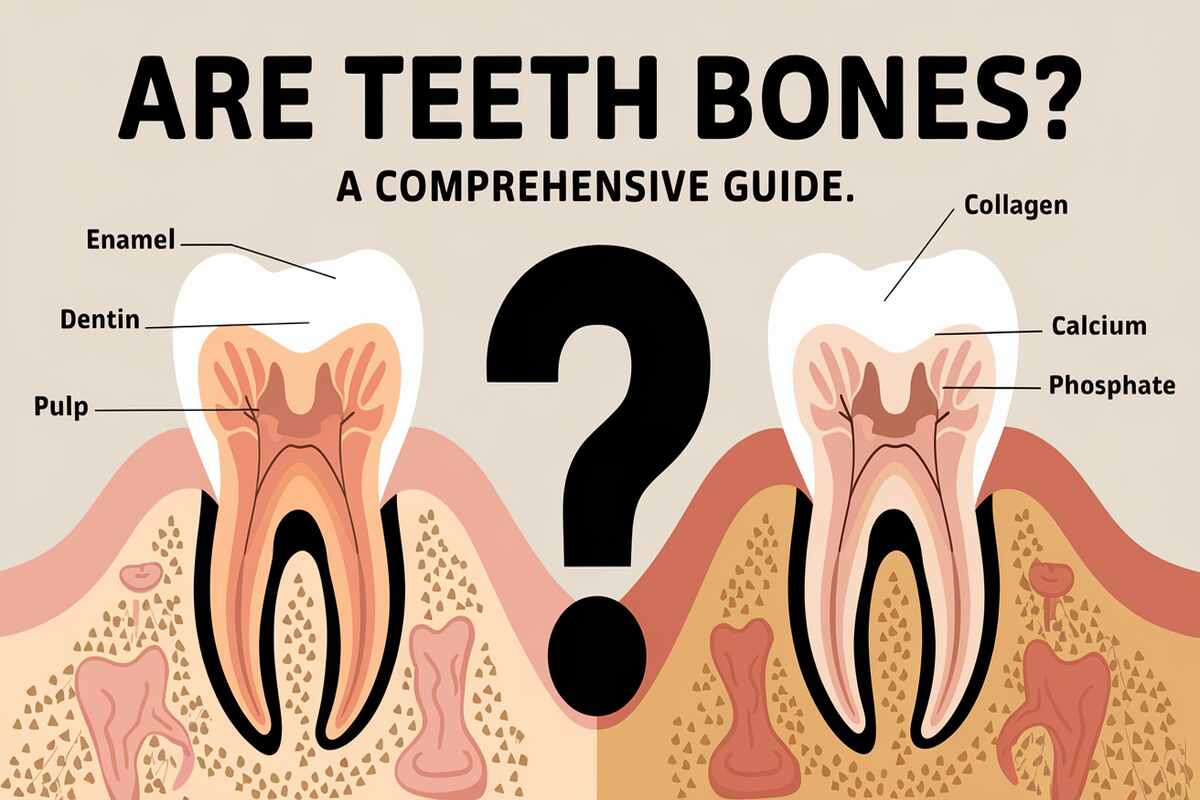12 Teeth Bones Facts Revealed

The human skeletal system is a complex and fascinating structure, comprising 206 bones that provide support, protection, and movement for our bodies. Among these bones, the teeth and the jawbone play a crucial role in our daily lives, from eating and speaking to facial expression and overall health. Let’s delve into some intriguing facts about the bones related to our teeth, exploring their development, structure, and function, as well as some lesser-known aspects of dental anatomy.
1. Tooth Development
The development of teeth is a highly regulated and complex process. Teeth are formed from the ectoderm of the first pharyngeal arch and develop from three main components: the enamel organ, the dental papilla, and the dental sac. The enamel organ gives rise to the enamel (the hardest substance in the human body), the dental papilla forms the dentin and pulp, and the dental sac develops into the periodontal tissues (cementum, periodontal ligament, and alveolar bone).
2. The Jawbone
The jawbone, or mandible, is the largest and strongest bone in the face. Unlike other bones that are connected by sutures, the mandible is a single, movable bone that articulates with the skull via the temporomandibular joint (TMJ). This unique joint allows for the wide range of movements necessary for chewing, speaking, and yawning.
3. Tooth Structure
Each tooth is composed of several layers, with enamel on the outside, followed by dentin, and then the pulp at the core. The enamel is the outermost layer and is the hardest substance in the body, but it does not contain any living cells, which means it cannot repair itself if damaged. Dentin, on the other hand, is softer than enamel and can feel sensitivity if exposed.
4. Roots and Anchorage
While we can see the crowns of our teeth, the roots are hidden beneath the gum line and are anchored into the alveolar bone of the jaw by the periodontal ligament. The shape, size, and number of roots vary among different types of teeth, contributing to their stability and function.
5. Bone Resorption
In cases of tooth loss, the alveolar bone that once supported the tooth can resorb over time. This resorption can lead to changes in facial structure and the fit of dentures, highlighting the importance of addressing tooth loss with dental implants or other restorative options to preserve bone density.
6. Teeth and Overall Health
There is a significant relationship between oral health and overall bodily health. Conditions such as diabetes, heart disease, and osteoporosis have been linked to oral health issues, including gum disease. Regular dental check-ups and good oral hygiene practices are crucial for preventing these issues and maintaining overall health.
7. Evolution of Teeth
Throughout human evolution, teeth have adapted to changes in diet and environment. Early humans had larger teeth and a more pronounced jaw to accommodate a tougher, more abrasive diet. As diets changed and became softer with the advent of cooking and agriculture, the size and structure of teeth also evolved.
8. Dental Anatomy Variations
While there is a standard structure to teeth and the jaw, there can be significant variations among individuals. Some people may have extra teeth (supernumerary teeth), missing teeth (hypodontia), or differently shaped roots, which can affect dental treatment plans and orthodontic approaches.
9. Oral and Facial Pain
The temporomandibular joint (TMJ) and the muscles of mastication can be sources of facial pain, including headaches and earaches. Dysfunction of the TMJ or malocclusion can lead to these issues, underscoring the importance of proper dental alignment and function.
10. Regeneration and Repair
While enamel cannot regenerate, dentin can to some extent. The pulp inside the tooth contains stem cells that can produce new dentin, a process known as dentinogenesis. This natural repair mechanism highlights the body’s ability to heal and regenerate, even in the complex structures of our teeth.
11. The Role of Genetics
Genetics play a significant role in the development and structure of teeth. Conditions such as amelogenesis imperfecta (enamel defects) and dentinogenesis imperfecta (dentin defects) are inherited, affecting the formation of enamel and dentin, respectively.
12. Future of Dental Treatment
Advancements in dental technology and materials science are continually improving dental treatments, from more aesthetically pleasing restorations to advanced implantology and regenerative dentistry techniques. The integration of AI, 3D printing, and biotechnology holds promise for personalized dental care and potential solutions for previously untreatable conditions.
In conclusion, the bones and structures associated with our teeth are intricate and vital components of our overall health and well-being. Understanding these structures, their functions, and the factors that influence them can provide valuable insights into maintaining good oral health and appreciating the complex interplay between our teeth, jaw, and the rest of our body.
What is the hardest substance in the human body?
+Enamel, the outermost layer of the teeth, is the hardest substance in the human body, designed to withstand the forces of biting and chewing.
How does tooth loss affect the jawbone?
+Tooth loss can lead to the resorption of the alveolar bone over time, as the bone no longer has the tooth to support. This can cause changes in facial structure and affect the fit of dentures.
Is there a link between oral health and overall health?
+Yes, there is a significant relationship between oral health and overall bodily health. Conditions such as diabetes and heart disease have been linked to oral health issues, including gum disease.